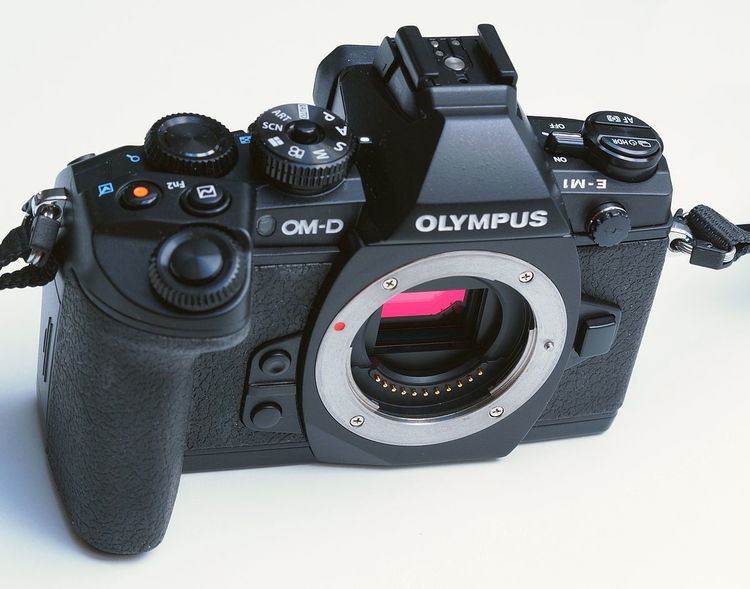Storage SD /SDHC / SDXC | ||
 | ||
Sensor 4/3 type MOS ('Live MOS sensor'), no AA filter Image sensor size 17.3 x 13 mm, Four Thirds Live MOS Maximum resolution 4608 x 3456 (16.0 megapixels) | ||
The Olympus OM-D E-M1 Micro Four Thirds is Olympus' compact mirrorless interchangeable lens camera introduced on September 10, 2013 featuring a built-in on sensor phase detection.
Contents
As of October 2014, it has the highest camera sensor rating of any Olympus camera, according to DxO Labs, with a score of 73.
Features include
Olympus OM-D E-M1 Mark II
In 2016 the OM-D E-M1 was superseded by the OM-D E-M1 Mark II. The Mark II features a slightly higher resolution 20MP Live MOS sensor. The Mark II also features substantially faster auto focus, according to the manufacturer 6 times faster upon first focus acquisition than the original E-M1. The camera also has a 60 fps max shooting rate, DSLR speed auto focus and vibration reduction technology in lenses as well as in camera.
References
Olympus OM-D E-M1 Wikipedia(Text) CC BY-SA
